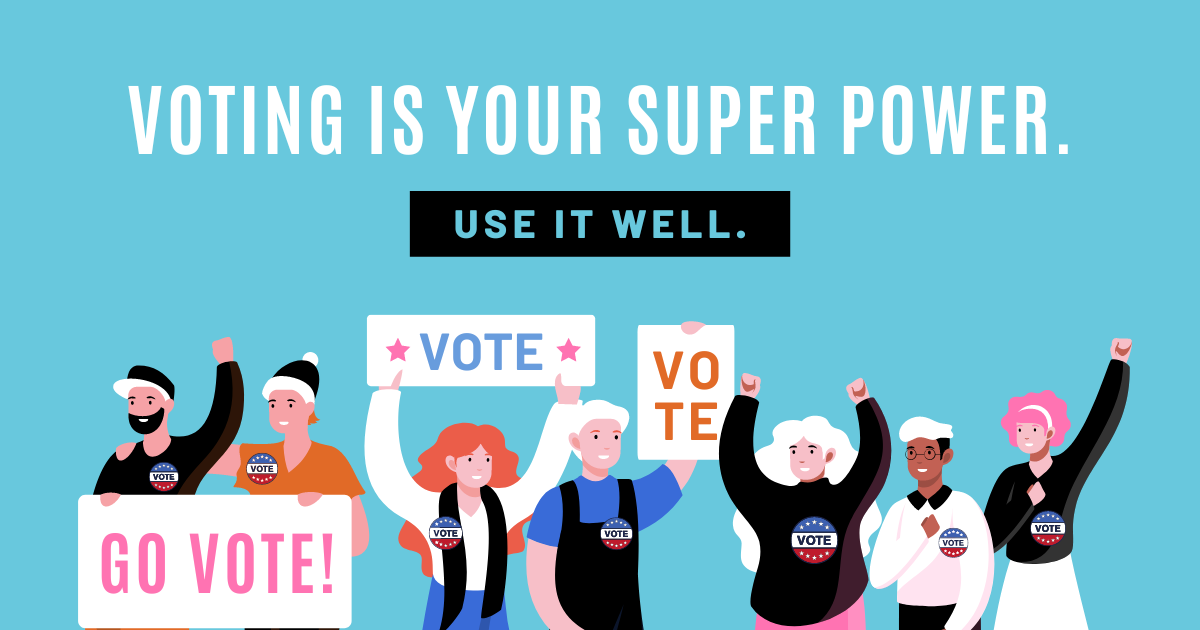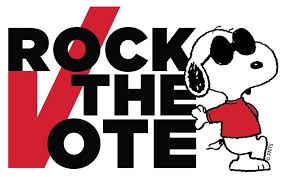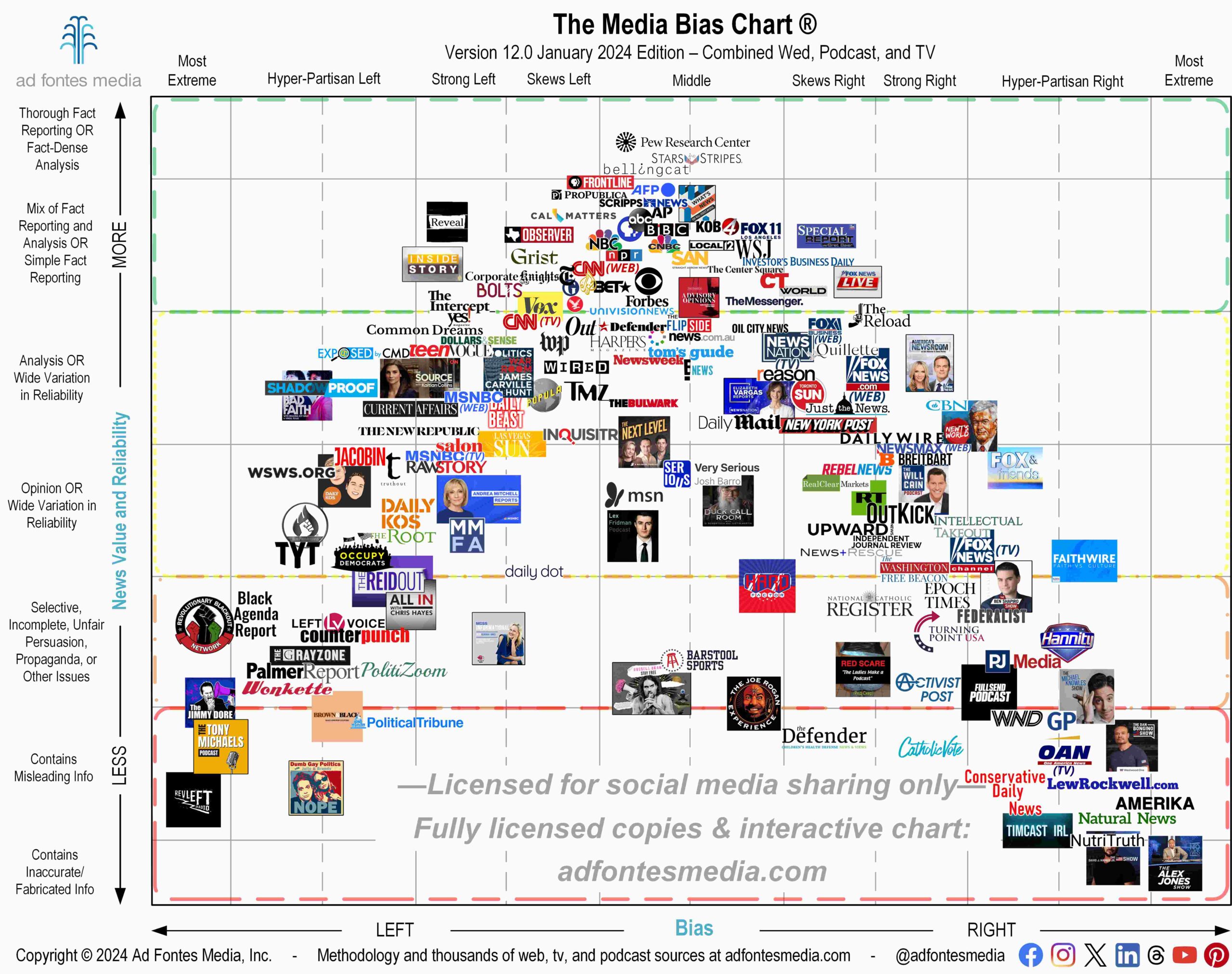Menu

Midterm Elections 2022
Author:
Sara Webb
Date:
10/26/2022
 For you, is it all about the swag? That little sticker that says “I voted!”? I mean, it does look great on social media, that cute oval of red and blue. If one were forward thinking, you may have thought ahead about that moment, crossing the finish line after submitting your vote in the local school gym or township building or library, and perhaps donned an outfit to compliment your prize. Hello, Instagram.
For you, is it all about the swag? That little sticker that says “I voted!”? I mean, it does look great on social media, that cute oval of red and blue. If one were forward thinking, you may have thought ahead about that moment, crossing the finish line after submitting your vote in the local school gym or township building or library, and perhaps donned an outfit to compliment your prize. Hello, Instagram.
I am not that person. I have, however, been vaguely annoyed when we have to switch polling places and the casualty is that sticker. Then I get annoyed that I’m annoyed, because voting is a civic duty and one of the shining achievements of a free society, and I should really just be satisfied that I can vote at all.
On the other hand, just getting to Election Day seems like a feat in itself, even for midterms, which snuggle midway between highly contentious presidential elections. What never made sense to me, though, is why so many people don’t take the time to exercise their right to vote in midterms. In most cases, the folks we vote into office during these midterm elections impact our day-to-day lives more than any presidential one will. I see my state representative a whole lot more than I see the president, and I have a much better chance of effecting change in my community by contacting their office. That and the whole “who controls the House and the Senate” issue is decided during midterms. Shouldn’t that make everyone want to get out and rock the vote?
And that leads us back to the issue of how do you choose who gets that much power over your life? Since the first televised presidential debate in 1960 (Kennedy vs. Nixon), the media has played an increasingly critical role in every election cycle. Politicians give speeches that you can watch on YouTube, their platforms and voting records are easily accessible online, their recorded debates are picked apart for sound bites on the news, and their social media feeds are bullet trains of information and opinions. The press digs into their backgrounds to sniff out anything juicy, and overall the messages that the politicians want us to know about their policies and how they would best serve our interests is lost somewhere in all that chaos.
This is probably a good time to bring up something else that I think of this time of year: the filter bubble. If you are yet unaware of this phenomenon, the TL;DR is that because of the way that search engine algorithms analyze your search data in order to return information that they think you would click on, you often end up seeing results that support your worldview and not much from the “other side.” In fact, you often have to specifically go looking for information from that other side to find anything other than the leftovers from smear campaigns.
This makes coming to an informed decision challenging, since most of what we are bombarded with is marketing, and what we really need are honest reviews, not the ones paid for by third parties with questionable intentions.
One of the best tactics to reach a decision, especially one that can have such a tremendous impact on your life, is to look through the smokescreen of advertisements and find unbiased information about candidates. Are you laughing? You totally just snorted. I heard it. You scoff at the improbability of finding those least-biased news sources, but I’ve got an ace up my sleeve, and no, I am not trying to sell you something.
It’s called the Media Bias Chart. You can download it for free! There’s also an interactive version, the IMBC. Ta-da! Your problems are solved!
Still skeptical? Kudos, friend, so few of us are. Let me explain how it works. Each individual article (or episode) is rated by a pod of three human analysts, balanced to include a right lean, a center, and a left lean – in other words, one person who is politically conservative, one centrist, and one liberal. Articles and episodes are rated in these three-person live panels in shifts over Zoom. Analysts read an article and rate it on their own, then come together to compare scores, discuss, and adjust scores as necessary. Their ratings are averaged to produce the overall article rating. Sources aren’t added to the Media Bias Chart until we have a minimum of fifteen articles (or 3-5 episodes) rated. The position of each source is refreshed daily as we rate new articles and phase out older ones, since the political lean of a source can change over time. Fun fact, we recently passed over 2,000 sources rated!
Start your journey by looking up your go-to source. Does it lean left? Lean right? Or are you already dabbling in a balanced source that bridges the center? If you are just reading news from the left, try a few sources on the right, and vice versa. It is a fun exercise to look at how media outlets from the left, center, and right report the same story. We actually enjoy this so much that we do it each week, and you can view the curated article sets here.
There are other resources on the site if you want to take a deep dive into applying the methodology that we use to ultimately create the Media Bias Chart on your own, but with midterms coming up, you might have enough to worry about. Good luck on scoring that sticker!
Sara Webb
Sara Webb is a cybersecurity consultant and former high school librarian from Philadelphia, PA. She holds an M.S. in Informatics and an M. Ed in School Library and Information Technology, and has been a media literacy educator for over a decade. Sara started with Ad Fontes Media in July 2020 as a Media Analyst, and she currently continues in that role and as in-house Media Literacy Specialist. When not engrossed in media literacy projects, Sara can be found at the barn with her ex-racehorse Homer, or training her corgis for dog agility competitions.




